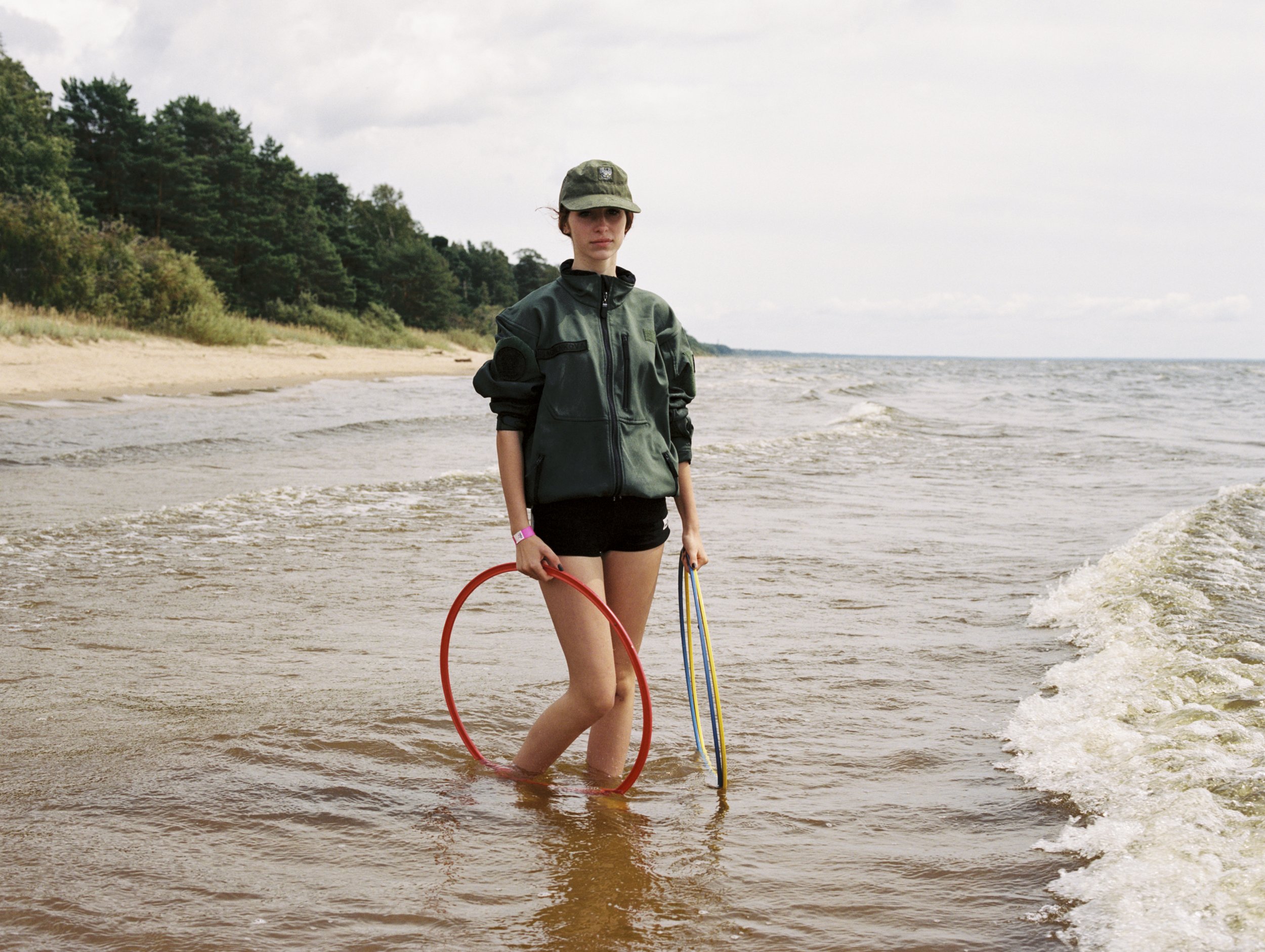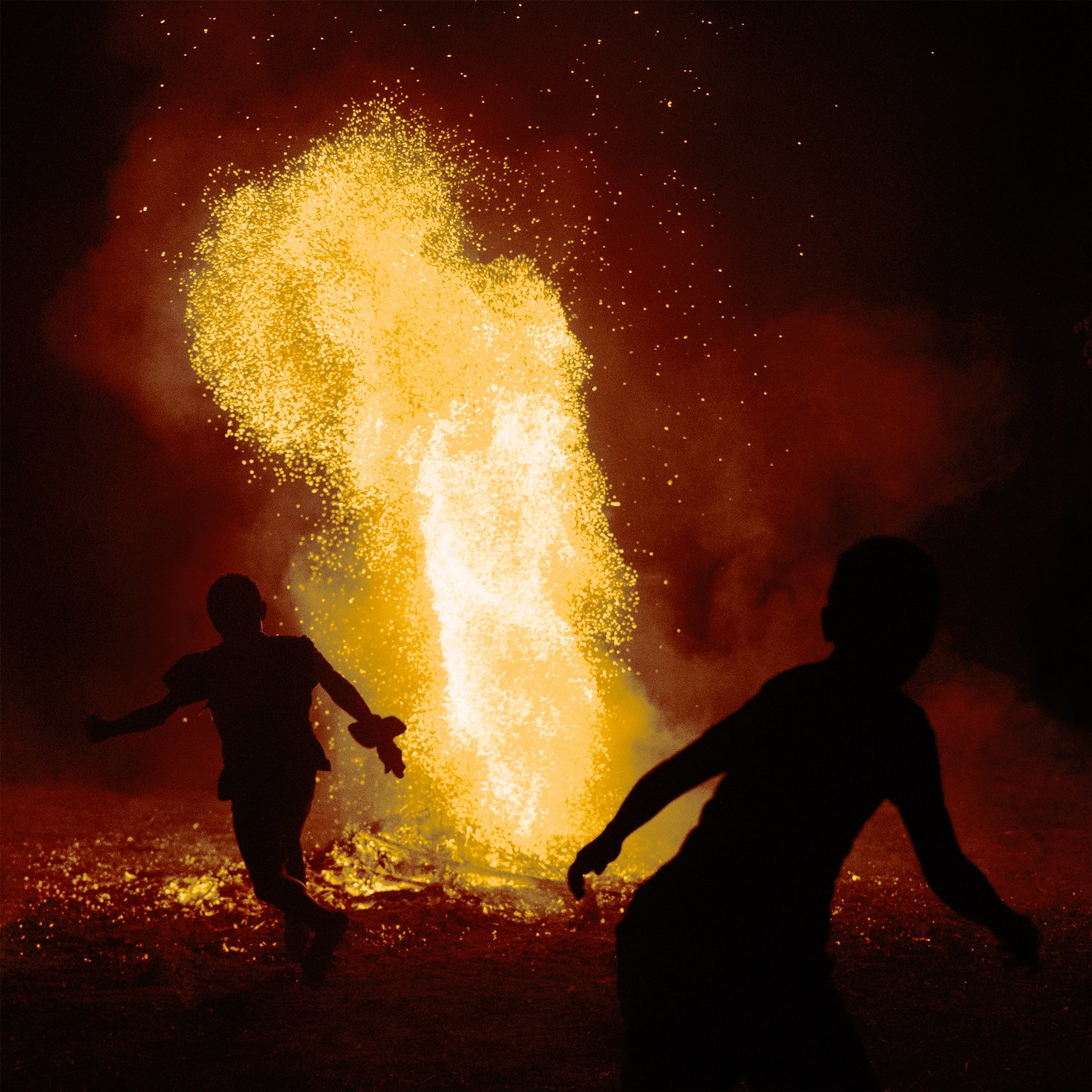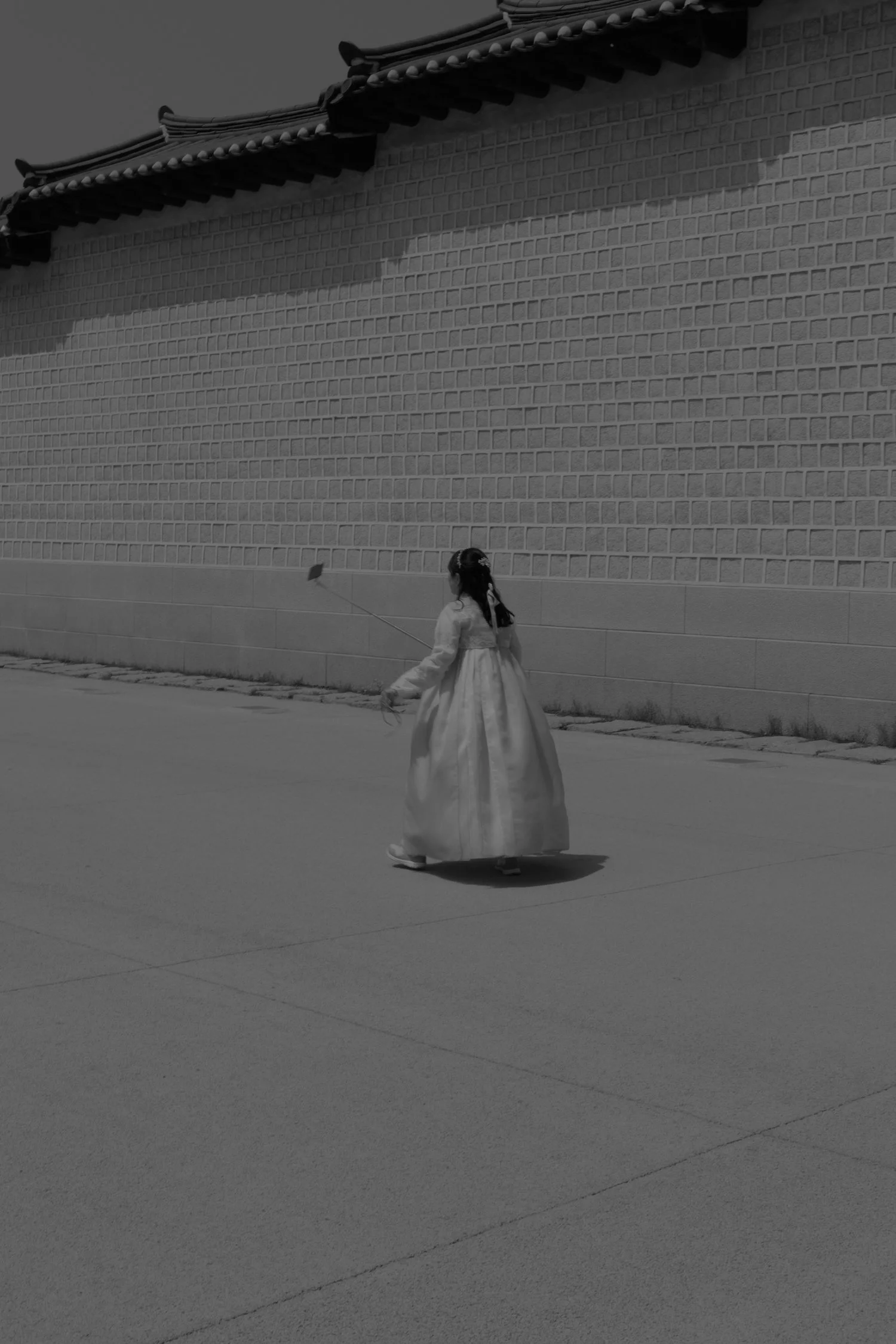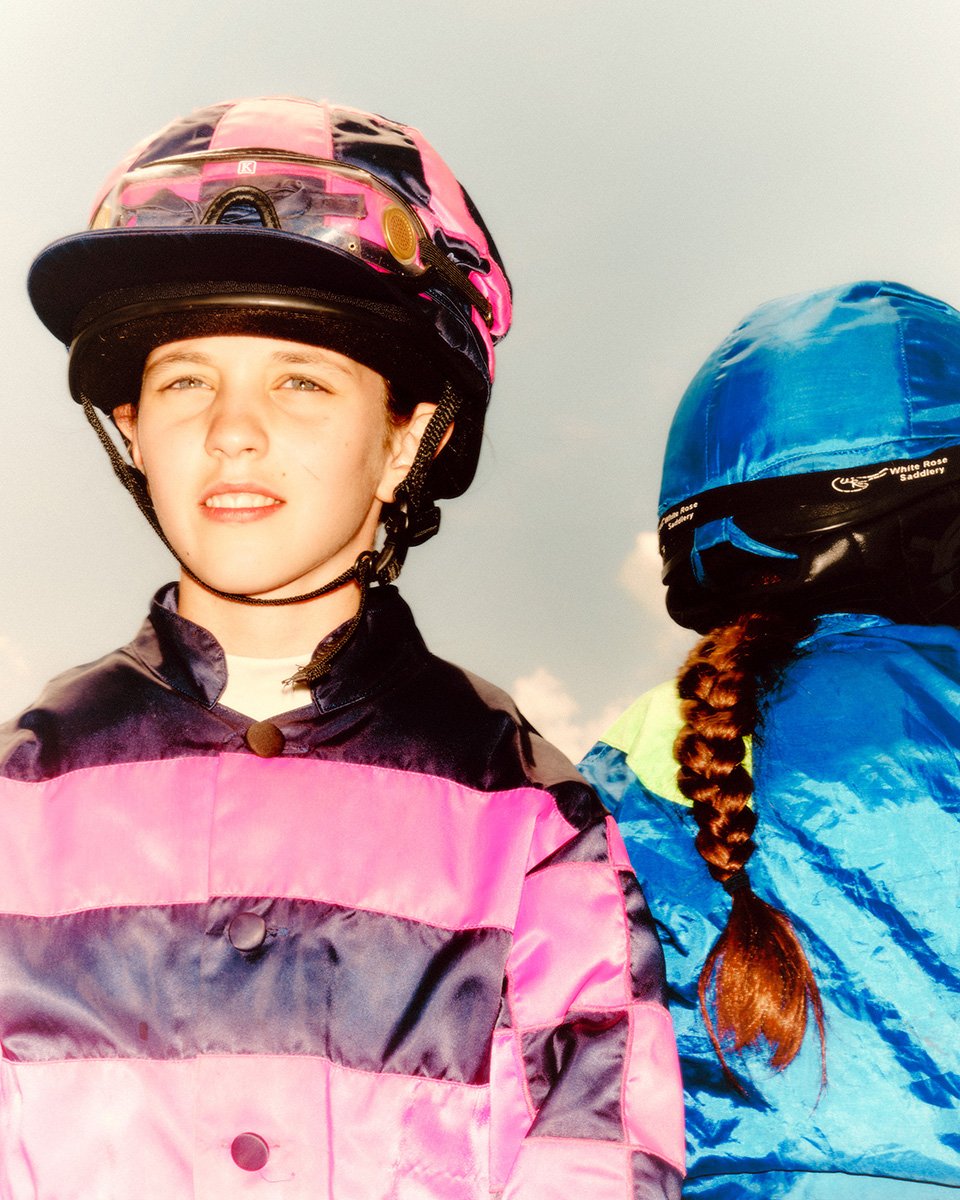I EXIST
We met trans activist Samo in his hometown, Portsmouth, where he owns a tattoo studio. In this interview, he shares with us what happened during the pandemic and talks about his biggest art project yet.
Images + Words Christian TrippeHi Samo, thanks so much for taking the time to speak to us today and I hope you had a great birthday!
Thank you, bro. Thank you.
Could you please introduce yourself and tell us what you do?
Yeah, so my name is Samo. I’m an artist and trans activist. A street artist and tattooist. The list can go on, but I'm mainly an artist and trans activist and I own a tattoo studio in Southsea, near Portsmouth.
The creative industry has been hit really hard by the pandemic and I am sure the Tattoo scene is no exception, right?
Yeah, we had to close the business for five months. You know, close contact with people has just not been a thing but we've been able to open up more recently. There was a point where I thought I might lose the business, which is scary because that's what generates income. So I feel very grateful that we're up and running again. It's a tough time for a lot of creatives.
You said you didn't choose to become an activist, but society demanded you become one. Can you please explain the context a little bit and how did you start being an activist?
I think I was aware of becoming an activist when I started transitioning about four years ago, but I think queer people in general are activists, whether they choose to be or not. I think society forces us to be one, you know, just our very presence in this world. If you are visible, that's a political act, you know. And I was very aware that where I live in my home city, I do a lot of trans activism and a lot of LGBTQ work. And that's driven my activism and who I am. I've spent the last couple of years integrating my art with my activism, because activism is hard work – it’s very tiring and I've suffered a lot of burnout. So I’m navigating how I do that in a healthy way.
“Queer people in general are activists, whether they choose to be or not. I think society forces us to be one, you know, just our very presence in this world.”
Is that something you thought about over the last few months while the studio was closed?
Yeah, definitely. Two weeks before the studio closed, and we locked down, I had major spinal surgery. So I was bed bound for two months anyway. And I think that was a real opportunity for me to go, right: I’m sat here for a reason, my body is telling me ‘you're exhausted!’. You've got to stop and figure out how to do something a bit differently and not juggle five jobs and try and put them into maybe one.
Glad to hear you used the time in such a positive way. Can you go into a bit more detail about your activism? For example, you started a local group here, right?
Yes. I started what's called a safe space. And so obviously, this studio, Play Dead is a safe space. I've done lots of workshops here. We have quite a wonderful queer community here now, where we do lots of things. I do lots of workshops with young people. But there was no kind of real physical representation of where we're safe in Portsmouth. And I've experienced, like a lot of queer people, a lot of discrimination in this city. So I wanted to pinpoint and map out which businesses are safe and I wanted to call out those that weren't safe. I've got quite a lot of privilege here and a bit of a platform being a business owner. People know me and know the work that I'm doing. I wanted to make sure that I can provide information for other trans people who come and ask me ‘Where can I get my hair cut that's safe?’ ‘Which bars and which restaurants are safe?’ but I was wondering how do I do that? Right. So, I started making these stickers that people put in their window and I now actually handed that over to Portsmouth Pride, which is a cool grassroots Pride that we have here. And they're going to be making a cool interactive map for people to check in.
“I've experienced, like a lot of queer people, a lot of discrimination in this city.”
You recently started a new art project. Can you tell us a little bit more about it, where the idea came from and what it is about?
So, I started producing a lot of my own artwork that is in my current style, which really started to come out and develop around two years ago, once I had my top surgery. I’ve always documented my own kind of personal experience. So it just came out naturally in my own artwork to document my transition. And I've always used myself as my muse, because I know myself well. But this year, you know, I kind of got a bit bored of just drawing myself. And I was like, I need to kind of explore other options. But I wanted to focus on trans people, because I think that our bodies are beautiful. I think they're really interesting. And I think they also tell a story that maybe a lot of other bodies don't. And I was also kind of aware that there was no representation of trans bodies, ever. And it's only recently that we've seen like at the Tate, at the Andy Warhol exhibition there were a few paintings of trans women of colour. And you know, people are talking about that everywhere now and I was like, shit, this isn't a thing in our history. It’s never been represented and I'm not sure why.
Exactly, but trans people aren’t a new thing, either.
No, it’s not a new thing – we've been around forever. It's real awareness that isn't there in the art world currently. It's not taken up space. So I started reaching out to a few friends, drawing them, sketching them. And then what I found was actually, the process of that was really beautiful. Because it's not just about the artwork that I'm producing, it’s about trans people who have severe body dysphoria taking a photo of themselves for the first time ever, and sharing that with me. So it became like this beautiful, cathartic thing for both of us. It started off just a couple of friends that live locally, but now I've had submissions from people wanting to be involved from New York and from all over the world, which is beautiful.
It's a very personal project and ultimately it is about taking up space and not just for trans people in their world, but also in the art world, that is predominately run by by cis white men. I hope it’s going to be beautiful artwork, but it's also going to be a beautiful educational tool as well.
What is the end product going to be?
It will be a proper big hardback book. I wanted something that was accessible. You know, I want something that I can send out to schools and send out to the communities that need it. I want a kid to pick up a book and see that their bodies are normal. But I wanted to do it in a creative way, and not a textbook. The title of the book is ‘I exist’. It's this thing that now exists in the world, that can't be ignored.
I saw you started a crowdfunding for the project. Are you going to publish it next year?
I hope so, but it's one of those projects where I can't have a specific deadline on it. Because it's such an emotional project. And ultimately, it's, you know, it's still a piece of art that I want for it to be the highest of qualities, you know. So the crowdfunding was just a really nice way of getting everyone involved. There's so many allies out there that want to help and want to do wonderful things that it makes sense for everyone to be part of it.
Fingers crossed for next year and we are super excited to see it! Can you also tell us a bit about your street art?
I just fell in love with street art. Because, again, it was about taking up space, especially as a trans person with quite specific images and illustrations. When you look at street art, you are confronted with something. So it was that real statement of how you're going to look at the thing I’m intending you to look at. I think it's wonderful that we can look at beautiful artwork. It’s a massive platform to use your voice here – it’s a free gallery to have a political statement.
Would you say, that most of your art is inspired by being trans?
It is now. I mean I always have used my own body, or my own journey, in some way, a bit of a cliche, but I'm one of those artists that is inspired by the pain or trauma that life has served – and it's quite cathartic. It's like a therapy. Doing it on the streets, it then becomes cathartic and therapeutic for other queer people and other trans people. Young kids now don't have to hide at home anymore if I want to be a big street artist and be visible.
“Every time I paint a wall, I have to come out.”
Street art is an art form where there’s not a lot of visibility for trans or queer people. Last year you took part in World Pride in New York. How did this happen and can you tell us what you did there?
So that project was in line with the celebration of 50 years of the Stonewall riots. They managed to gather 50 artists from all over the world to come to New York and get paid for a mural. There were five of us that were LGBT – and I was the only trans artist. There's a couple more I found since coming back from New York but it's a very niche demographic. We had a completely open brief and I was given a wall in the Lower East Side. They obviously had to have a look what it was. I was painting in my style and they were like ‘go for it’.
It was great, but America is, you know, pretty crazy right now and it's quite scary for a lot of trans people. So I have this really bizarre kind of fear. This reservation of going over and being a visible trans artist because every time I paint a wall, I have to come out. Because people will come and ask questions and engage with you. Why are there scars there? Why is that? So I have to explain and come out. Every wall I paint, I'm coming out and this is what not a lot of other street artists don't have to do. They don't have to go “Am I safe here?” It was a privilege to go over there but America is different world at the moment and I was worried how safe am I going to be?
I have to say, I felt the safest there than I have anywhere I've ever painted, which was a bit of a shock. But it was also a political thing going over to Trump's country and painting giant trans figures on the wall.
The wall Samo painted as part of World Pride in NYC in 2019, images courtesy of the artist
This year has been really messed up so far. Is there anything, post-pandemic time, you are particularly looking forward to do or achieve?
I think this year has definitely made me realise what's really important to me and how important my art and my activism is. So that's been a real driving force. You know, like, a lot of us we've had to think what's really important, but it's also made me very much miss travelling. I’ve had a lot of opportunities that were cancelled this year, I was supposed to be going out to Michigan and Flint to paint some big murals.
So I think next year, when travel is allowed again and Trump is gone, I will line up those walls. More travel is something that's big on the agenda and hopefully the book will be done as well. And it can be a product that I can take with me and go meet communities and do things.
As crappy as it has been I'm also grateful for a lot of reflection time and going, “Hey, what's important?” and then use the time better.
Thank you so very much. It was so nice meeting you today!
Yeah, was a really nice little chat. Awesome.
You can support Samo’s art project through his fundraiser campaign HERE

















